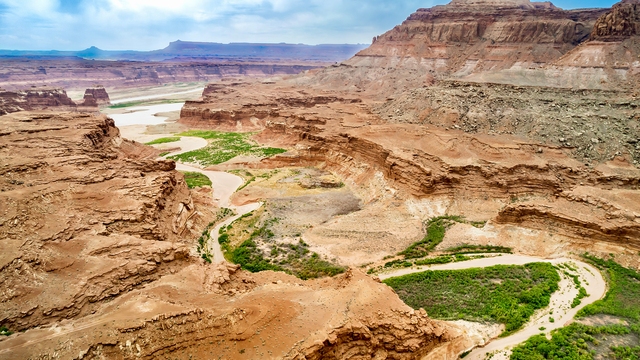The Vanishing River
The once mighty Colorado River is in trouble
 The Colorado River supplies water to tens of millions. But its water levels are dropping as a result of the pressures of the decades-long megadrought in America's Southwest, and a warming planet.
The Colorado River supplies water to tens of millions. But its water levels are dropping as a result of the pressures of the decades-long megadrought in America's Southwest, and a warming planet.
The Colorado River - which stretches from the Rocky Mountains to the Sea of Cortez - is a lifeline to tens of millions of people. Now, thanks to climate change and drought, it's in trouble. 'I'm not going to say it's too late, but we are in true crisis', says river scientist Professor Jack Schmidt. The threats to the river are largely man-made: with the building of the Hoover Dam, water was over-allocated throughout Southwestern America, with no contingencies for a changing climate. Now that dam levels have dropped to their highest level, many livelihoods are on the line. 'I feel every day of my life that my son will not be able to share in this magnificence, and the beauty of this profession', says Jace Miller, a fifth-generation Arizona farmer. Lake Mead - America's largest reservoir - is formed by the Hoover Dam. It's plunging water levels are striking evidence of the pressures on the Colorado river. 'When I first moved here [in 1999] the water level was almost up to the bottom of walkways out to our intake towers; the reservoir was 97% full and today we're at 29% full', says Patti Aaron, who works for the agency which manages the dam.
FULL SYNOPSIS

